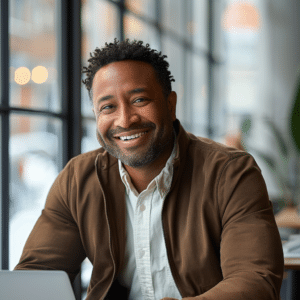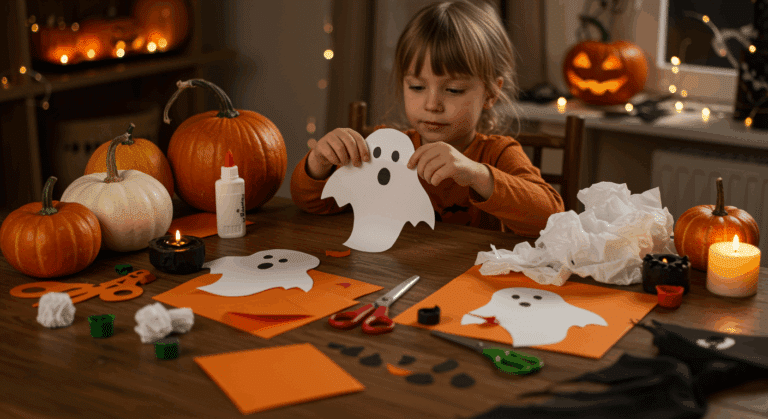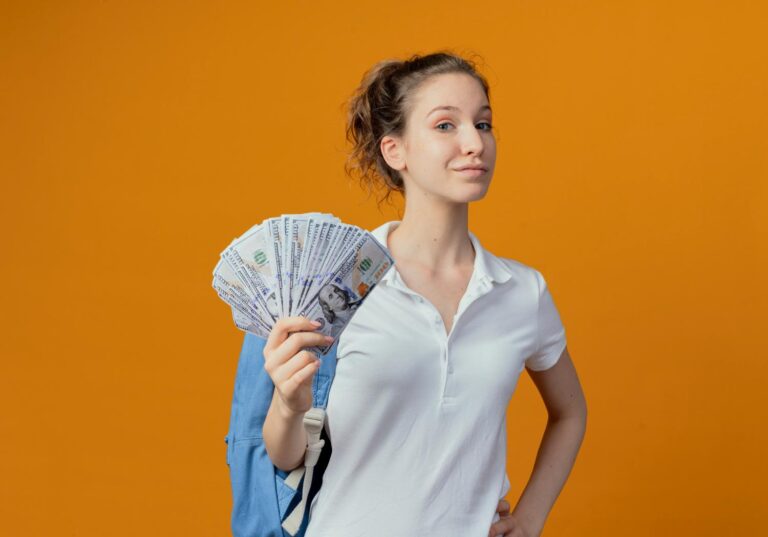Fine phonetic differences like /k/ and /t/ sounds create major challenges for language learners.
Students often struggle with these subtle distinctions, yet they make or break clear communication.
Teachers, learners, and speech therapists know how frustrating it gets when pronunciation feels impossible to master.
This blog provides practical, easy-to-implement tools that work. You’ll get clear methods to teach and learn k and t minimal pairs effectively.
Here’s what you’ll find, proven techniques for identifying sound differences, step-by-step practice exercises, and real-world applications that boost pronunciation confidence. These strategies help anyone master these tricky sounds faster.
What are Minimal Pairs?
Minimal pairs are word pairs that differ by just one sound. Take “cat” and “cap,” they’re identical except for the final sound. For k and t minimal pair, think “back” versus “bat” or “tick” versus “tip.”
These pairs matter because they train the ear to catch subtle differences. Language learners often miss these distinctions, which leads to confusion. When students practice with minimal pairs, they develop better listening skills and clearer pronunciation.
Quick Reference Chart:
- /k/ sound: back, sock, pick
- /t/ sound: bat, sot, pit
The brain learns to process these sounds separately. This skill transfers to real conversations, making communication much clearer.
The Physical Differences Between K and T Sounds
The /k/ and /t/ sounds happen in different parts of the mouth. When making the /k/ sound, the back of the tongue touches the soft palate. Think of words like “kite” or “book.”
For the /t/ sound, the tongue tip touches the ridge behind the upper teeth. Words like “top” or “hat” show this clearly. These physical differences create distinct sounds that listeners can identify.
Students need to feel where their tongue goes for each sound. This body awareness helps them produce the correct pronunciation every time.
Complete K and T Minimal Pairs Reference Table:
| K Sound Word | IPA | Example Sentence | T Sound Word | IPA | Example Sentence |
|---|---|---|---|---|---|
| cap | [kæp] | She wore a red cap. | tap | [tæp] | Turn on the water tap. |
| coat | [koʊt] | His winter coat is warm. | tote | [toʊt] | She carries a tote bag. |
| back | [bæk] | Walk to the back door. | bat | [bæt] | The baseball bat broke. |
| pick | [pɪk] | Pick your favorite color. | pit | [pɪt] | The cherry pit is hard. |
| cake | [keɪk] | Birthday cake tastes good. | take | [teɪk] | Take this book home. |
| kick | [kɪk] | Don’t kick the ball hard. | kit | [kɪt] | The first aid kit helps. |
| sock | [sɑk] | My sock has a hole. | sot | [sɑt] | The old sot drinks too much. |
| tick | [tɪk] | The clock goes tick-tock. | tip | [tɪp] | Leave a tip for service. |
| car | [kɑr] | The red car drives fast. | tar | [tɑr] | Hot tar covers the road. |
| come | [kʌm] | Come here right now. | tome | [toʊm] | The old tome contains wisdom. |
| camp | [kæmp] | Summer camp starts Monday. | tamp | [tæmp] | Tamp down the soil firmly. |
| core | [kɔr] | The apple core goes in trash. | tore | [tɔr] | He tore his shirt badly. |
| wick | [wɪk] | The candle wick burned out. | wit | [wɪt] | Her quick wit made us laugh. |
| pack | [pæk] | Pack your clothes for travel. | pat | [pæt] | Pat the dog gently. |
| beck | [bɛk] | The mountain beck flows cold. | bet | [bɛt] | I bet you can do it. |
How K and T Minimal Pairs Improve Speaking Fluency
Repetitive practice builds automatic responses. Students don’t need to think about tongue placement anymore, it happens naturally. This muscle memory makes conversations flow better.
Real-World Applications:
- ESL classrooms: Teachers use pair drills during warm-up activities
- Speech therapy: Therapists target specific sound errors systematically
- Accent training: Professionals reduce foreign accent interference
Integration Guide:
Start with 5-10 pairs daily. Practice listening first, then speaking. Record yourself saying both words in each pair. Compare your pronunciation to native speakers.
Use pairs in sentences during regular conversation practice. “I need to pack my bat for the game” becomes natural speech training. Students notice immediate improvement in clarity and confidence.
Common Student Mistakes with K and T Sounds
- Sound swapping: Students say “back” instead of “bat” or “tick” instead of “tip” without noticing
- Language background influence: Some languages don’t distinguish between /k/ and /t/ sounds clearly
- Same sound perception: Students hear both sounds as identical – their brain hasn’t learned to separate them
- Word ending errors: Final /t/ sounds get dropped completely or replaced with /k/
- Communication impact: These mistakes make speech harder to understand
Practice Worksheet for K and T Minimal Pairs
Practice makes perfect, and these exercises give learners hands-on experience with k and t minimal pairs. The following activities help students hear, say, and remember the differences between these tricky sounds.
1. K and T Minimal Pair Worksheet

This worksheet features engaging illustrations of everyday objects. Learners must identify and write the minimal pair that changes only the initial /k/ or /t/ sound. For example, a picture of a “cat” might be matched with “tat.”
- Skills Learned: Phonemic awareness of /k/ and /t/ sounds, Visual vocabulary recognition, Sound differentiation and spelling
- Download Link: K and T Minimal Pair Worksheet
2. Word Pattern

Students cut out a series of words and glue them into the correct blank to continue a pattern based on sound shifts (e.g., “kick, tick, kick, ___”). The focus is on recognizing alternation between /k/ and /t/ initial consonants in a predictable pattern.
- Skills Learned: Auditory discrimination in sound patterns, Logical sequencing and pattern recognition, Fine motor skills via cut-and-paste
- Download Link: Word Pattern – k/t Minimal Pairs
Conclusion
Mastering k and t minimal pairs creates the foundation every language learner needs. These small sound differences lead to big improvements in speech clarity, listening skills, and communication confidence.
Students who practice these distinctions speak more clearly and understand others better. The key lies in consistent practice. Use these exercises regularly, even for just five minutes daily.
Track progress by recording yourself or working with a partner. Notice how pronunciation gets sharper over time.
Ready to take the next step? Start with the practice worksheet today. Pick three word pairs and practice them until they feel natural. Your ears and mouth will thank you for the effort.
















